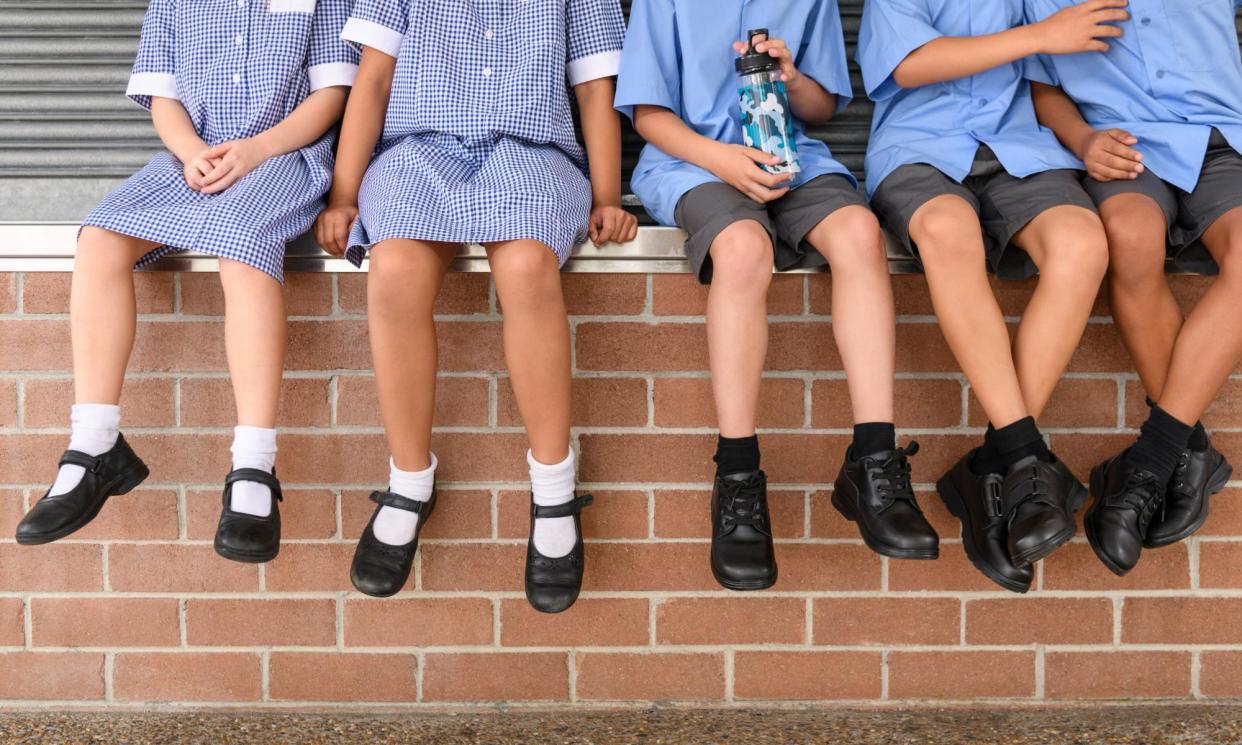Why the Guardian is investigating the deep failings in Australia’s school system

Most Australian parents take for granted that their child will attend school and receive an education.
But for parents of children with a disability – whether it’s developmental, intellectual or physical – that is not a given.
A Guardian investigation has uncovered deep failings in Australia’s education system, which is struggling to cope with the soaring number of children with disabilities.
There are now almost one million Australian school students classified as having a disability and needing some sort of adjustment to learn – a 40% increase since 2017. Across Australia, a staggering one in four now have a disability of some kind.
Many parents the Guardian spoke to are at breaking point. They feel adrift and desperate as they try to navigate a school system for their child that was designed for a different reality.
They are exhausted from battling with schools and education departments, and their lives are in chaos as they deal with the fallout from suspensions and exclusions that are being handed out by schools to children with disabilities at record levels.
Children as young as five with disabilities are among the many thousands of primary school students receiving suspensions each year, while many others are only permitted to attend school part-time.
At the same time, burnt-out teachers report that the demand to manage children with disabilities has become overwhelming. Resources are stretched thin, and teachers feel “everyone is getting a raw deal”.
One teacher said some of the classes at her Port Macquarie school have two-thirds of students needing an adjustment for a disability – a confronting reality for any educator.
Related: Australian children with disabilities ‘struggling now more than ever’, autism expert says
Autism and ADHD rates among children in schools are at record highs. In classrooms today, an estimated 4% of seven to 14-year-olds have a primary diagnosis of autism, while between 6% and 10% of children have ADHD.
Compounding these challenges is the deeply inequitable school funding arrangements that have characterised Australian school funding for many years – an inequity that is worsening despite the promise of the Gonski reforms.
New data obtained by Guardian Australia shows that non-government schools are overwhelmingly benefiting from a federal support payment that is designed to assist schools with children with a disability, with some private schools receiving up to six times more money than public schools.
At a state level, there is a patchwork of funding arrangements with limited transparency, leaving many children with disabilities without the support they need to receive an education.
Australia supports the right to an inclusive education under international law. We have a duty to support students with a disability to be educated in a mainstream school environment.
But we are falling far short of delivering this ideal. As one disability advocate told the Guardian: it is “a broken system, buckling under pressure”.


